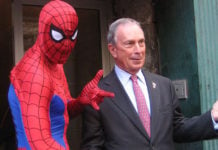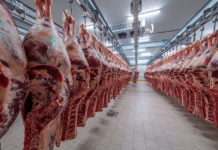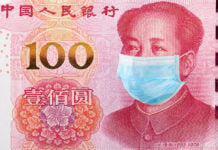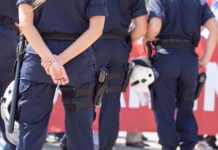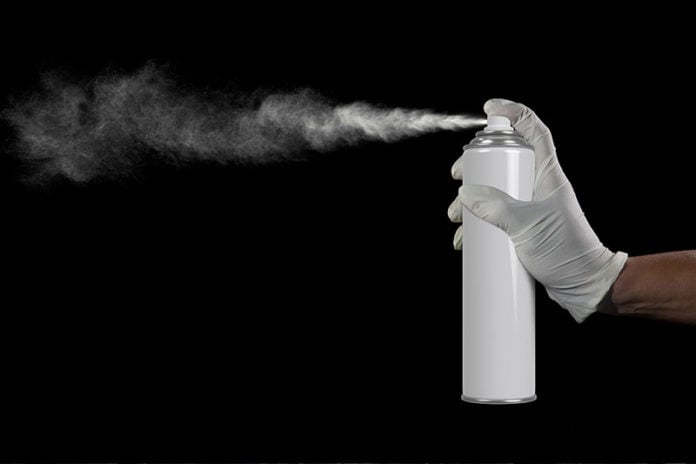A study published in the journal Nature on Wednesday shows convincing evidence that one or more east Asian nations are still producing a chemical that was banned because it damages the ozone layer.
Atmospheric levels of trichlorofluoromethane (usually called CFC-11 by people who don’t enjoy tongue twisters) have dropped overall since the chemical was banned in the late 80’s. But they’re not dropping as fast as they should be, scientists say, and the evidence points to someplace in eastern Asia as the culprit.
Stephen Montzka, the lead scientist behind the study, says it seems that “emissions of CFC-11 have increased in recent years, which is quite a surprise given the fact that production has been phased out – repeatedly.”
As an important point of background info, the family of chemicals that CFC-11 belongs to are called chlorofluorocarbons, or just CFCs for short. (And CFC-11 is only one of many such chemicals. Presumably, the 11th one.)
CFC chemicals were used for many years to make different kinds of foam, packing materials, solvents, aerosol sprays, and even as refrigerants. They were very useful chemicals and most industrial nations made use of them in some fashion.
But in the 80s, we realized that these CFCs were being released into the atmosphere and contributing to a hole in the ozone layer. (Remember when ozone was the big thing? Man, that seems like forever ago.) So the conscientious one-world government we call the UN banded together to get CFCs banned.
And surprisingly, the world agreed to phase CFCs out of use. And the ozone-layer problem has gotten better since then.
But one particular CFC, that being CFC-11, is still present in higher quantities than expected. Even though no new production of CFC-11 has been officially reported, the amount of the chemical that’s floating up into the atmosphere has increased since 2012.
The authors of the study analyzed data from 12 different measurement sites and found that CFC emissions have actually increased since 2012, which was two years after the chemical officially stopped being produced everywhere in the world.
Which means something fishy’s going on somewhere out there. The scientists say that data indicates the source is north of the equator and probably in eastern Asia. (Surprise, surprise.) And this is bad news, because CFC-11 is one of the worst-offenders in the lineup of ozone-killing chemicals. Cutting down on emissions of CFC-11 in particular has long been considered crucial to ensuring that the ozone-layer remains in good condition.
This wouldn’t be the first time that an Asian nation has said one thing and done another when it comes to international agreements. And it probably won’t be the last. The Montreal Protocol, which banned CFCs, has been surprisingly effective for a UN environmental regulation. But its power to punish nonconformists who cheat on the deal is limited.
And as CFCs have been regulated out of production, their value on the black market has gone up. That means that bad-faith actors looking to make a quick buck can profit a lot more from the good intentions of the rest of the world.
In any case, if there’s anything to be done about these ozone-killers and their blatant disregard for international law, the scientists will have to catch them first. And finding out who’s the real culprit (or possibly a set of culprits) will require more in-depth studies and the cooperation of many scientists across Asia to discover the source of the CFC-11 emissions.
From there, the UN Ozone Secretariat can try to take steps to reverse the emissions and stop production of this dangerous chemical once and for all. I’m all for industry and efficiency, but if the chemical you’re using to make packing peanuts is slowly dissolving the thing we all need to keep UV rays from burning us all to a crisp, well. I’d rather businesses find another source of packing peanuts.
So here’s hoping the scientists can figure out whodunnit, and that (I can’t believe I’m saying this) the UN can stop these rogue industrialists from bringing back the hole in the ozone layer.
It would certainly be a much-needed breath of fresh air.


